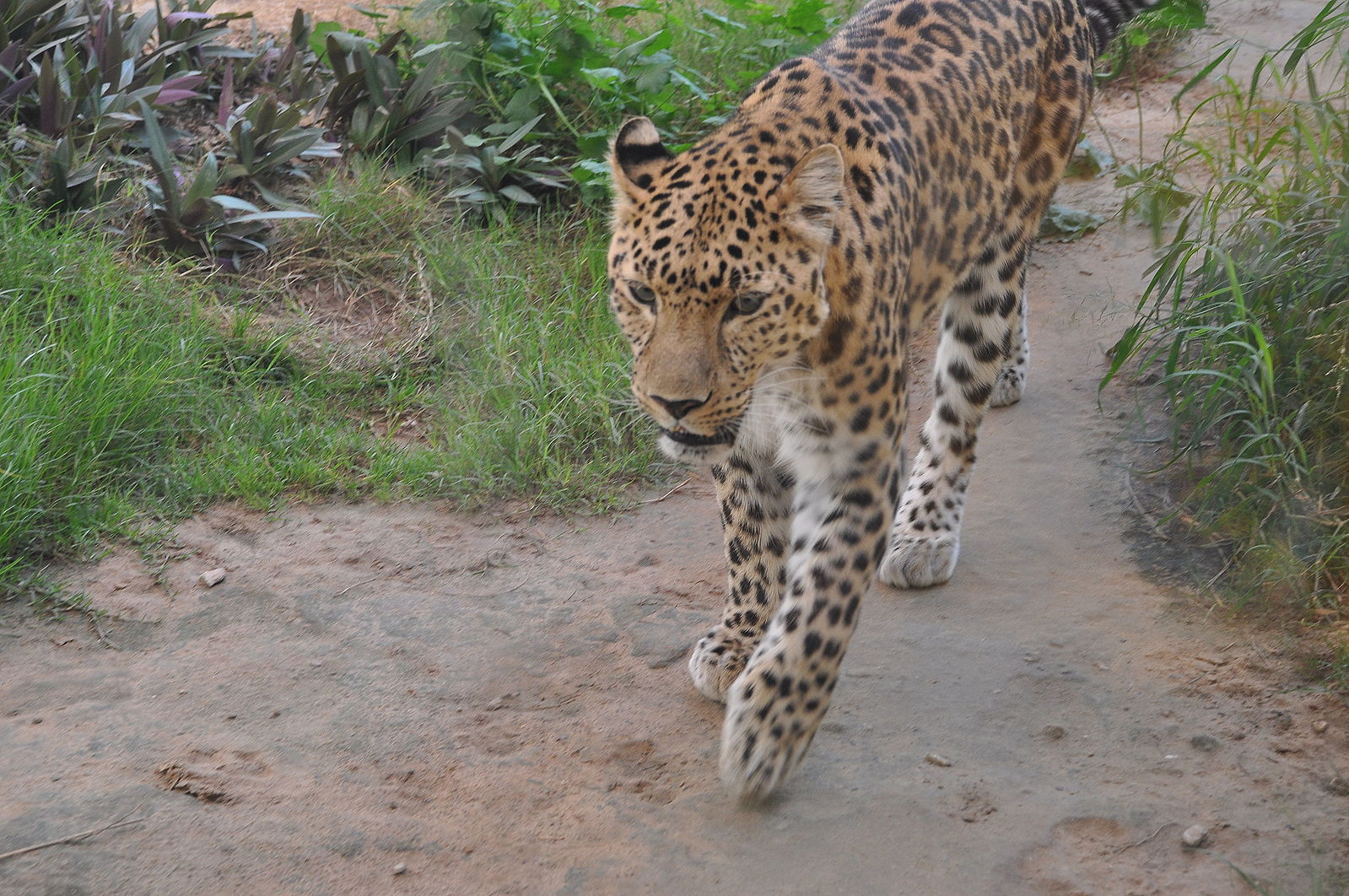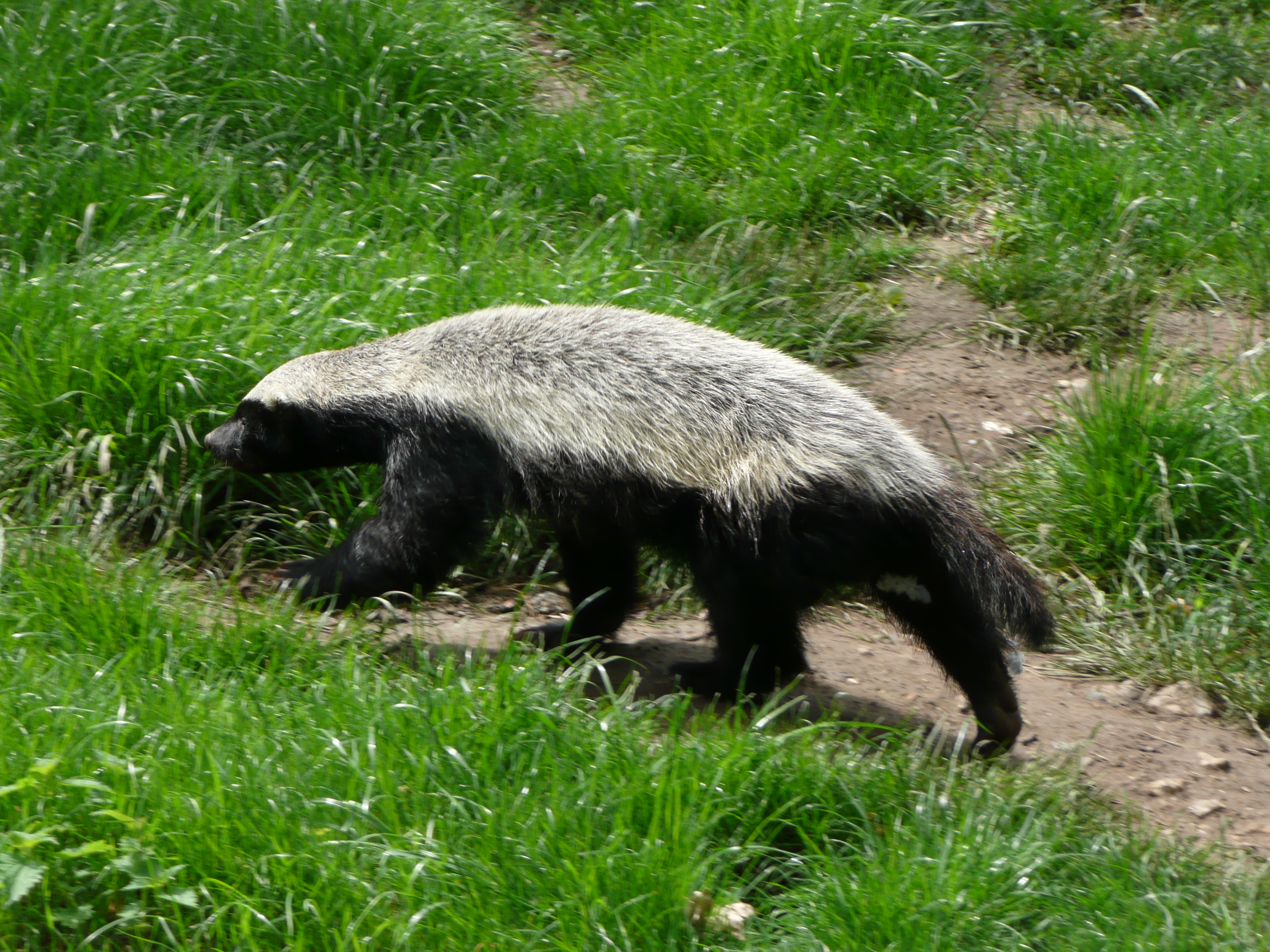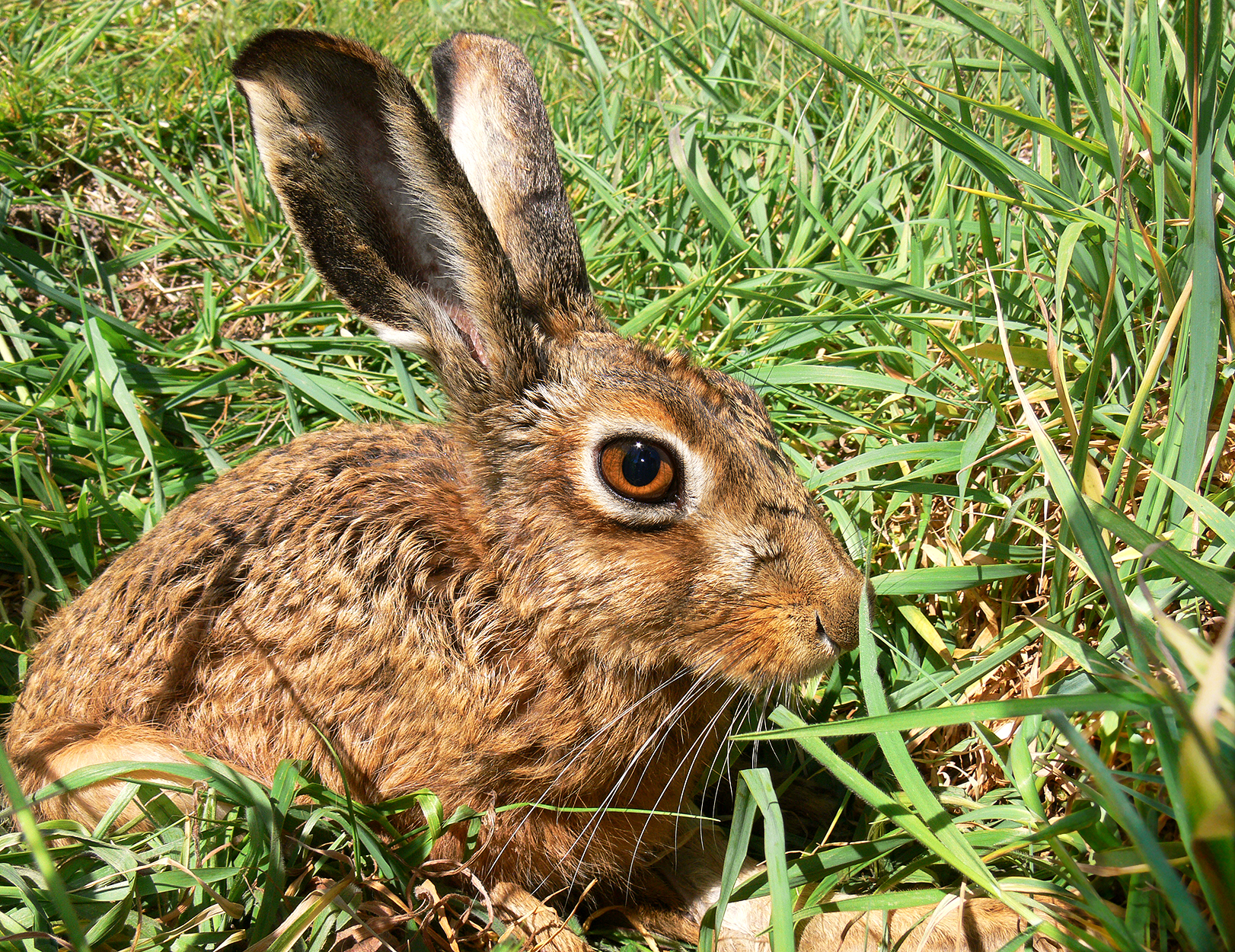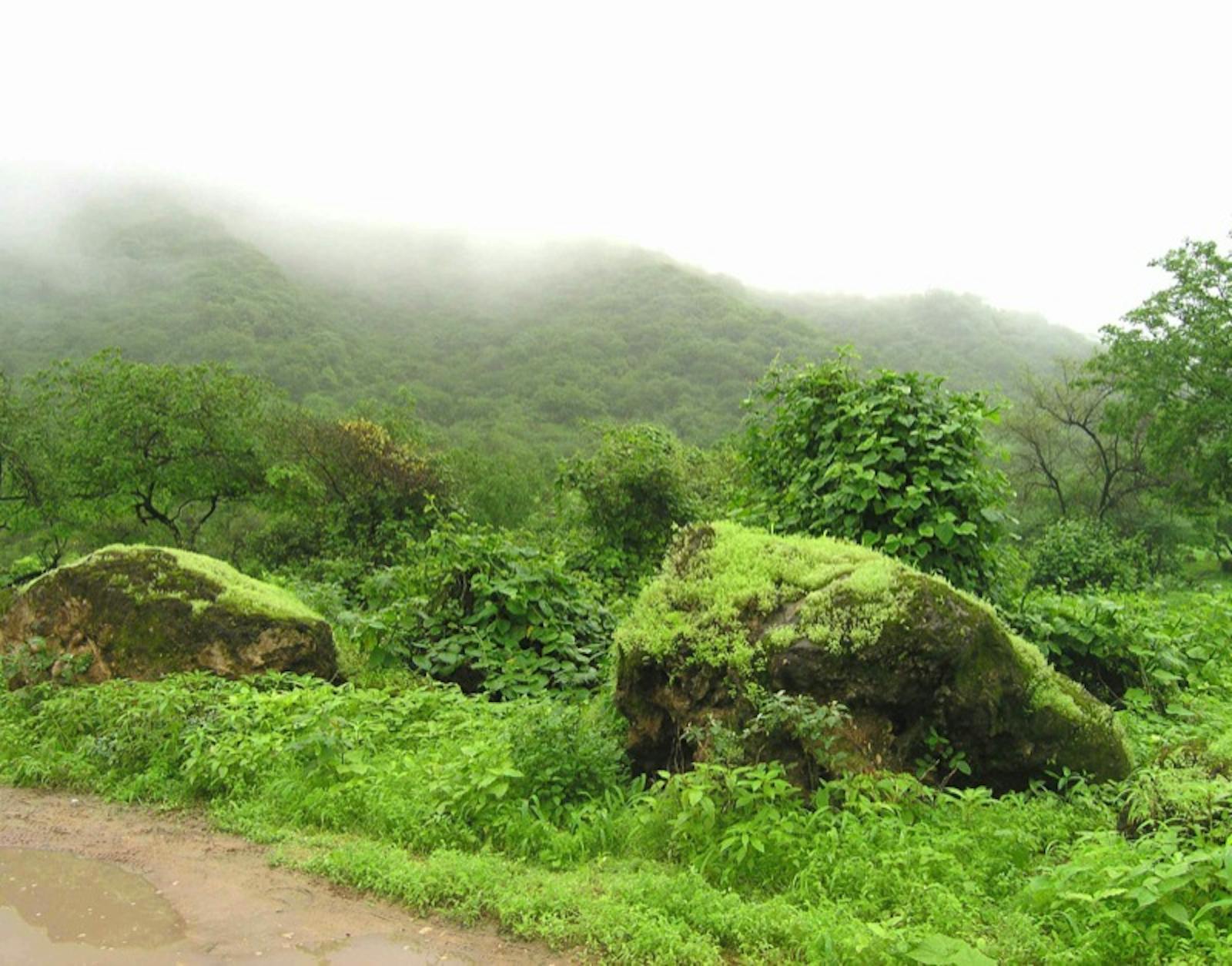South Arabian Fog Woodlands, Shrublands, and Dune
The ecoregion’s land area is provided in units of 1,000 hectares. The protection goal is the Global Safety Net (GSN1) area for the given ecoregion. The protection level indicates the percentage of the GSN goal that is currently protected on a scale of 0-10.
Bioregion: South Red Sea & Gulf of Aden Coastal Drylands (AT22)
Realm: Afrotropics
Ecoregion Size (1000 ha):
1,959
Ecoregion ID:
56
Conservation Target:
22%
Protection Level:
2
States: Yemen, Oman
The Arabian Peninsula is known for its hyper-arid and endless deserts; however, luxuriant vegetation and dense woodland can also be found in this ecoregion, supported by the coastal fog. From June to September, the southwest monsoon brings moisture-laden air, which rises against the steep coastal escarpments and causes a rapid drop in air temperature while relative humidity increases rapidly. The moist cool air condenses and forms a heavy fog blanket at ground level. This brings the essential moisture necessary to support a high diversity of flora and fauna. The fog disappears once it passes over the summit ridges. The quantities of fog precipitation are among the highest for any part of the world.

The flagship species of the South Arabian Fog Woodlands, Shrublands, and Dune ecoregion is the Arabian leopard. Image credit: Creative Commons
This ecoregion covers much of the south eastern coasts of the Arabian Peninsula extending from the eastern edge of the Dhofar region, southwards over the escarpment mountains of Dhofar, consisting of three ranges that together form a chain 290 km in length: Jebel Qamar in the west; Jebel Qara in the center; and Jebel Samhan in the east. Thereafter, across the border into Yemen, the region runs along more steep escarpments. Various climatic and topographic factors are responsible for fog formation, which in turn supports a varied fauna and flora in this ecoregion.
The high density of trees, particularly Acacia tortilis, but also A. ehrenbergiana and Prosopis cineraria, ends abruptly, probably reflecting the maximum inland extent of fog moisture. A zonal vegetation pattern is evident from the coastal plains to the desert in the north. Dense deciduous woodland dominated by the regional endemic tree Anogeissus dhofarica, together with Acacia senegal and Commiphora spp., occurs on seaward-facing slopes. Summit plateaus are covered by grassland and scattered trees of Ficus vasta, F. sycomorus and patches of evergreen thicket.
As the influence of fog decreases further north, grassland is replaced by low succulent shrubland dominated by Euphorbia balsamifera. Beyond this, the vegetation becomes sparser and finally gives way to open desert.

Honey badger. Image credit: CT Copper, Creative Commons
The Jebel Samhan in Oman’s Dhofar region, which is subject to little human disturbance, is thought to host Arabia’s largest population of Arabian leopard, possibly its last stronghold in the wild. This leopard subspecies is listed on the IUCN Red List of threatened animals as Critically Endangered. The area also contains a unique assemblage of larger mammals, including Blanford’s fox, genet, hedgehog, Nubian Ibex, Cape hare, Honey Badger, striped hyena, and wildcat.
The fog-affected escarpments of Dhofar have the highest number of endemic species and some of the most species-rich habitats in Oman. About 900 vascular plants have been recorded from the fog oasis of Oman and Yemen, of which approximately 60 are endemic, including two endemic genera, Cibirhiza and Dhofaria. Many of the plants have important medicinal or economic properties, the most famous of which is the frankincense tree (Boswellia sacra), which in the past brought great wealth to the area.

Cape hare. Image credit: Creative Commons
The region contains few protected areas. The Jebel Samhan Nature Reserve of Dhofar, in Oman, is declared by Royal Decree in June 1997 mainly to protect its leopard population. In Oman, there is also the Khawr Al Mughsayl Reserve. The main threat to vegetation is from overgrazing by goats, camels, and cattle owned by tribal pastoralists. In Dhofar, socio-economic changes have brought improved veterinary services, cheap fodder and increased water availability though the sinking of boreholes, all of which have led to larger herds and greater grazing pressure. The cutting of wood for fodder, timber, and firewood is also a serious problem.
Off-road driving is severely impacting soils and vegetation on the Dhofar coastal plain and mountains. Other pressures in the Dhofar region relate to the increasing human population and associated increase in roads, housing, and other development. The leopard’s range has reduced and the quality of its habitat has been impoverished partly because of habitat modification, direct persecution, and prey decline.
The priority conservation actions for the next decade will be to: 1) establish more protected areas; 2) implement a land management and zoning plan which takes into account the traditional livestock grazing schemes; and 3) encourage viable alternative income sources to prevent the over reliance on natural resources.
Citations
1. WWF. 2018. Western Asia: Oman, Yemen, and Saudi Arabia. [Online]. [Accessed 15 June 2018]. Available from: https://www.worldwildlife.org/ecoregions/at1302
2. Khorozyan, I., Stanton, D., Mohammed, M., Al-Ra’il, W. and Pittet, M. 2014. Patterns of co-existence between humans and mammals in Yemen: some species thrive while others are nearly extinct. Biodiversity and conservation. 23(8), pp.1995-2013.
3. Schlecht, E., Zaballos, L.G., Quiroz, D., Scholte, P. and Buerkert, A. 2014. Traditional land use and reconsideration of environmental zoning in the Hawf Protected Area, south-eastern Yemen. Journal of arid environments. 109, pp.92-102.
4. Mazzolli, M. 2009. Arabian Leopard, Panthera pardus nimr, status and habitat assessment in northwest Dhofar, Oman: (Mammalia: Felidae). Zoology in the Middle East. 47(1), pp.3-11.




